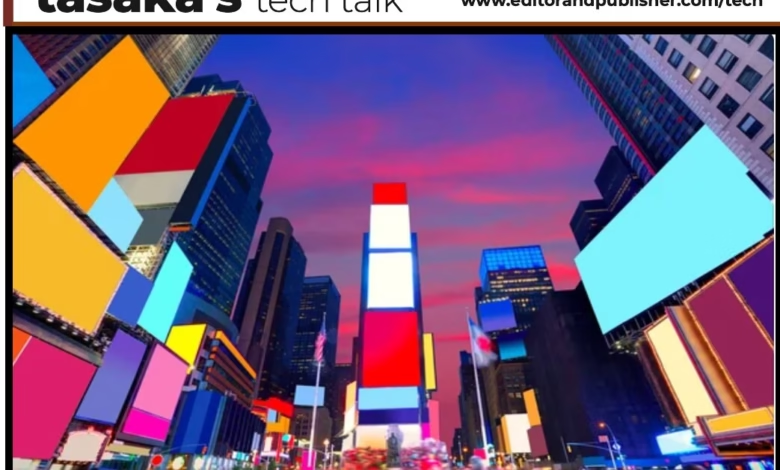Local Media’s Missed Opportunity: Digital Out-of-Home Ads

▼ Summary
– The U.S. DOOH market hit a record $9.1 billion in 2024, accounting for 34% of all out-of-home advertising and growing at 10%+ annually through 2027.
– Many local media companies are unaware of DOOH’s explosive growth, missing a key opportunity to offset declining print revenue.
– DOOH includes digital billboards, transit screens, street furniture, and retail/place-based displays, with the latter being the most accessible for local media.
– Retail/place-based DOOH offers strategic benefits like audience extension, brand visibility, and modernization, as seen in The Afro’s successful community-focused expansion.
– Local media can enter DOOH through managed services (handling setup and maintenance) or DIY approaches, but early adoption is crucial to staying competitive.
The digital out-of-home (DOOH) advertising market is booming, yet many local media companies remain unaware of its potential. While traditional revenue streams decline, DOOH offers a dynamic way to reconnect with audiences and unlock new growth. In 2024, the U.S. DOOH market hit $9.1 billion, accounting for 34% of all out-of-home ad spending, with projections showing double-digit annual growth through 2027.
Despite these numbers, a surprising number of local publishers overlook this opportunity. Younger demographics, especially those under 40, rarely engage with print or traditional digital platforms. Yet they’re constantly surrounded by screens, in transit hubs, retail spaces, and public venues. DOOH bridges this gap, placing content where these audiences naturally look.
For local media, retail DOOH presents the easiest entry point. It’s scalable, cost-effective, and places brands directly in high-traffic community locations.
One publisher expanded from 10 to 27 screens in Black-owned businesses, including an unexpected hotspot, a funeral home. The result? Renewed community recognition and fresh revenue.
A DIY approach is possible but requires investment in commercial screens, content management systems, and maintenance. Without dedicated resources, the workload can quickly become overwhelming.
The question isn’t whether DOOH is worth exploring, it’s whether publishers will seize the opportunity before others do.
(Source: Editor & Publisher)